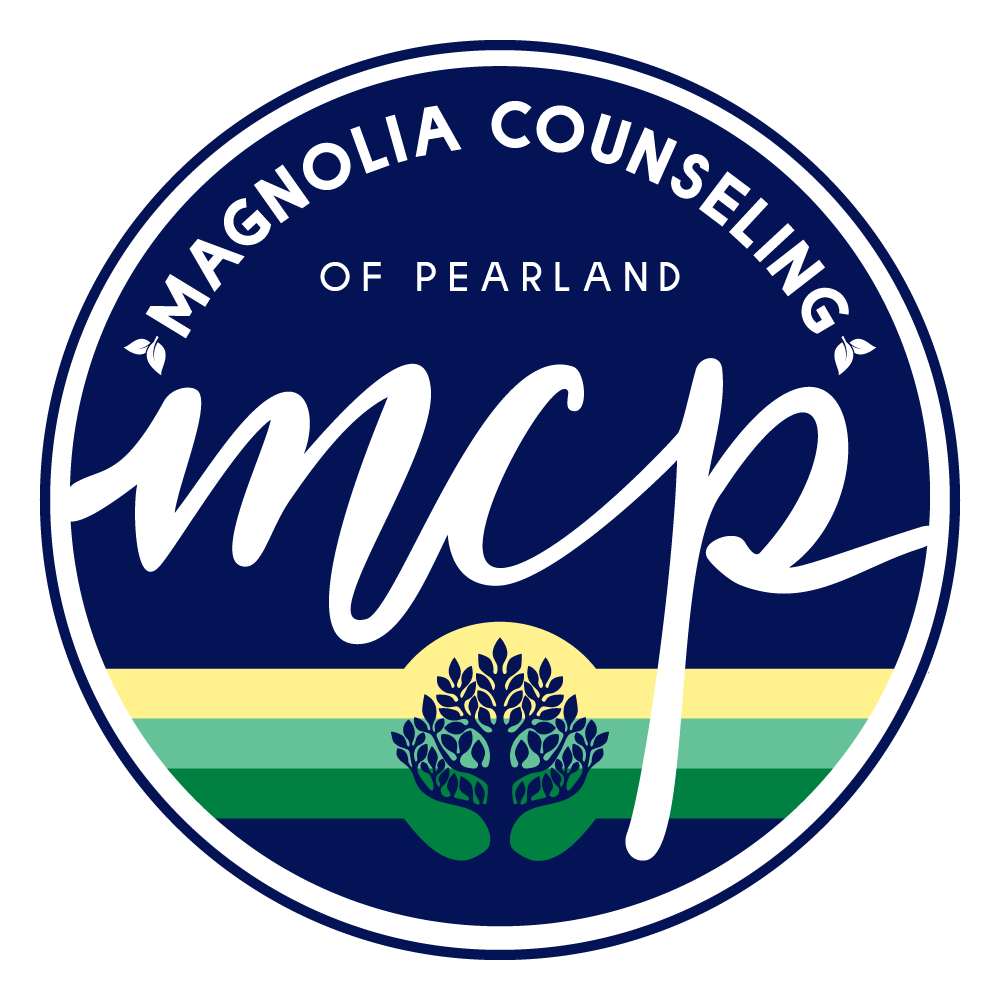Q&A With Jamie Porter
- Jamie Porter

- Feb 18, 2021
- 3 min read

Q: Of the patients you receive with mental illnesses or suicidal thoughts, how many of them come for help themselves without any external factors pushing them to come?
A: If I am working with adolescents, I do get the parents that make them come and then I get the parents that heard their teens say they need a place to talk. I actually get more of the adolescents that say they want to be there. And I can tell right off the bat if they feel forced. IF that is the case, it is about helping them feel comfortable, helping them feel safe, letting them know that I will not judge. And within 3 sessions, it is apparent whether they are willing to keep working with me and open up, or continue resistance, not trying therapy or even talking about what is bothering them.
I do have to remember that there are many reason for them not wanting to see me, some even including societal norms, culture, own fears of judgement, etc.
Those that are open to help, find success and allow me to work with them, even if it does take time to ‘want help for themselves’.
Q: Of the patients who come in self-proclaiming they are suicidal, how many of them are actually suicidal?
The question I ask to get more clarification is, do they have a plan for their suicide. So many times, clients feel suicidal but are not really active in a plan. They want to disappear. They want to just not have to deal. They feel overwhelmed or scared. The ones that are suicidal, they may not actually tell me if they are active in plan. But if all their signs seem incredibly severe, then I am talking to the parent about safety plans and where to go if things get worse.
Tips for parents: 1:1, keep watching, keep door open, eyes to watch, don’t push for conversation, verbal that you are there
Things to be really worried about: isolation, avoidance, shut down, previous sx ideation or previous sx attempts, history of depression and/or anxiety or other mental health issues, behaviors that are out of the ordinary in their sleep, eating, mood, substance use, or risky behaviors
The ER will always take any Active Sx ideation client. They cannot turn you away. After an assessment from a mental health team, then they can decide if they need inpatient (hospitalization), intensive outpatient programs (IOP), or just some basic therapy or specific programs
Q: In your professional opinion, why do you believe that teenagers (specifically ages 14 to 18) are more comfortable in approaching their friends for help and advice compared to receiving help from professional sources, such as therapists, counselors, psychologists, psychiatrists, or suicide hotlines, when they face suicidal thoughts or are feeling depressed?
In my experience, one of the biggest things I hear is that they are fearful that I will send them to a mental health hospital or a crazy house.
I remind my clients that if I am talking to their parents about next steps for their safety, they may not like me. But it is my professional obligation that they are safe. And as the professional, we must document that we are helping them if their lives are in danger.
Friends are not obligated to these rules of their profession of friendship. But there is a lot more friends that are reaching out to counselors or even parents of their friends they are worried about because they start to feel helpless too.



Comments